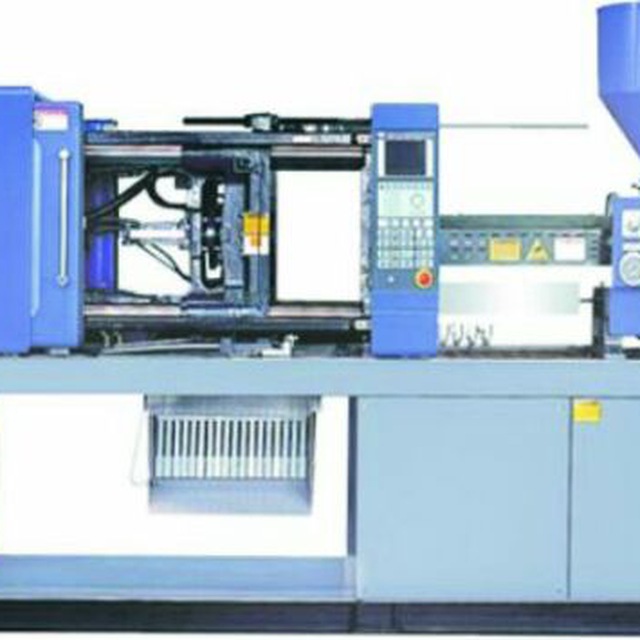Infrared spectroscopy (FTIR) is based on the absorption of radiation and investigation of vibrational transitions of molecules and polyatomic ions. This method is used as a powerful and developed method to determine the structure and measurement of chemical species. Also, this method is mainly used to identify organic compounds, because the spectra of these compounds are usually complex and have a large number of maximum and minimum peaks that can be used for comparison purposes.
There are two types of vibrations in molecules, which are called stretching and bending vibrations. Tensile vibration is divided into symmetrical and asymmetrical. Whenever an asymmetric stretching half-period occurs, the dipole moment changes in one direction and in the other half-period, the dipole moment moves in the opposite direction. In this way, the dipole moment oscillates with the vibrational frequency of the molecule (this oscillation promotes the molecule to the infrared absorption band, and for this reason, it is called infrared active).
In the state of symmetric stretching vibration, two atoms move in different directions in a vibrational half-period, in which case the final change in the dipole moment of the molecule does not occur, and for this reason, it is called infrared passive. In this case, the change in intramolecular distances affects the polarizability of bonds. Therefore, there is a change in the polarizability of the molecule, and this is the state that is considered in Raman spectroscopy.
The interaction of infrared radiation with a sample changes the bond vibrational energy in its molecules and is a suitable method for identifying functional groups and molecular structure. The condition for absorption of infrared energy by the molecule is that the dipole moment changes during vibration. In the electromagnetic spectrum, the region between 0.8-400 µm corresponds to the infrared region, but the region used for chemical analysis is between 0.8-50 µm.
The region above 50 µm is called the far infrared region, the region between 0.8-2.5 µm is the near infrared region, and the region between 8-25 µm is called the fingerprint region. Each object in this area has its own spectrum, which is used to identify its functional groups.
To qualitatively identify an unknown sample, the type of functional groups and bonds in its molecules, draw the infrared spectrum of the sample and by referring to the relevant tables that show the position of vibration of different bonds or the IR spectrum of objects, the wavelength or Wave numbers identify groups and links.
In conventional IR photometry, the electromagnetic spectrum extends from the visible to the infrared region. Then a small part of it reaches the detector in terms of frequency or wavelength and is recorded. In this case, the obtained spectrum will be recorded in the range of frequency or wavelength. The characteristic of FT-IR is that all wavelengths of the desired spectral region are irradiated to the sample at the same time. While in sputtering methods, only a small part of the wavelengths reach the sample at a time. Therefore, the speed, resolving power, and signal-to-noise ratio in the Fourier transform method are significantly superior to the conventional IR method.
Some of the information that can be obtained from Fourier transform infrared (FT-IR) spectroscopy includes:
Qualitative and quantitative identification of organic compounds containing nanoparticles, determining the type of functional group and bonds in its molecules. To determine very small amounts of hydrogen phosphate ions in hydroxyapatite used in artificial organs. It is also used to analyze some drugs containing nanoparticles.
Baspar Paish Pars laboratory is at the service of our dear customers to perform FTIR test with Bruker model of Germany along with spectrum interpretation.
@Bpplab
This post is written by bppbazargani
